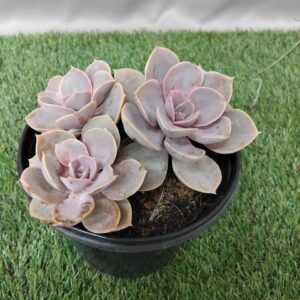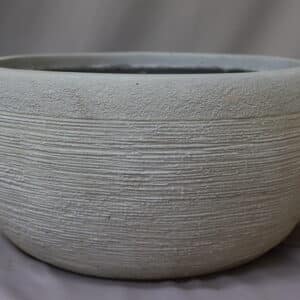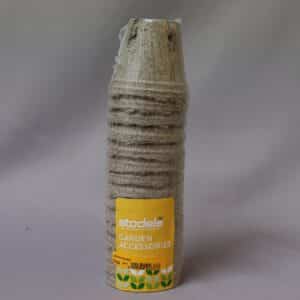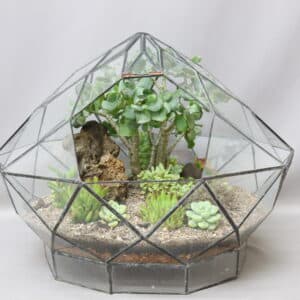How to stop terracotta pots from cracking
DIY and how-to
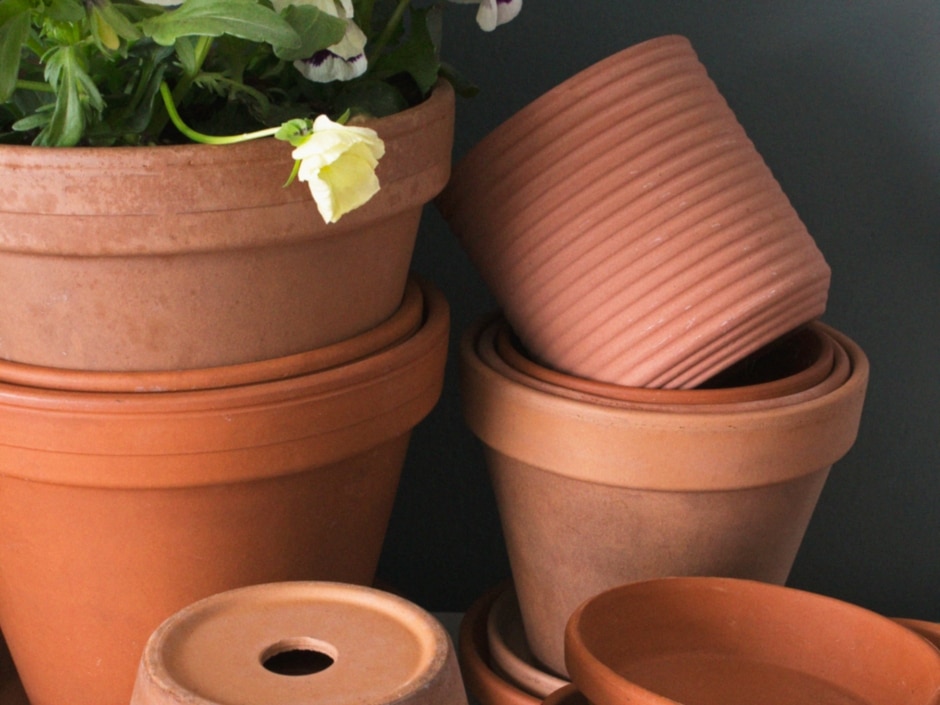
Terracotta pots are a popular, classic choice for many gardens, big or small, due to their rustic charm and breathability. But, if there’s one niggle that most gardeners who’ve tried including them in their garden can relate to, it’s that these Tuscan-inspired beauties can be prone to cracking, especially in our fluctuating climate.
The good news is that with the right care and precautions, you can keep your terracotta pots in pristine condition for years to come. Here’s how to prevent them from cracking, and ensure that your plants thrive.
Why does terracotta crack?
Before learning about how to care for terracotta, it’s good to understand the basics of what makes up this popular pot material, and why it’s prone to cracking.
Terracotta is a natural clay that is fired at high temperatures, making it porous, and allowing for good air circulation and moisture control. However, this porosity also means that terracotta can absorb water, which may lead to cracking if not managed properly.
Cracking can occur due to temperature fluctuations, excessive moisture or poor handling. Once a pot cracks, it can weaken the structure and compromise the health of your plants.
Choosing the right location
While terracotta pots can withstand heat, prolonged exposure to direct sunlight can cause them to dry out too quickly and crack.
Position your pots in a spot where they receive partial shade during the hottest parts of the day.
Also consider wind exposure. Strong winds can cause pots to topple over or chip. Place your pots in sheltered areas or use heavier bases to provide stability.
Pot prep
Before planting, consider sealing the interior of your terracotta pot with a waterproofing agent or a layer of plastic sheeting. This will help reduce moisture absorption, and therefore prevent any cracking.
For extra protection, use a pot liner made from materials like coconut coir or landscape fabric. This allows water to drain while protecting the pot from excessive moisture.
Watering wisely
Terracotta pots can dry out quickly owing to their porous nature.
Water your plants consistently, but avoid overwatering. Allow the top inch of soil to dry out before watering again. This helps maintain a balanced moisture level and prevents stress on the pot.
Applying a layer of mulch on top of the soil can help retain moisture and regulate temperature fluctuations within the pot. Organic mulches like bark chips or straw are smart choices.
Terrific terracotta through all seasons
In winter, terracotta pots are particularly vulnerable to cracking as temperatures plummet. If possible, move your pots indoors or into a sheltered area during cold spells. Alternatively, wrap them in bubble wrap or burlap for insulation.
When moving pots from indoors to outdoors (or vice versa), do so gradually to prevent thermal shock. Sudden changes in temperature can cause the material to expand or contract too quickly, leading to cracks.
Handling your terracotta pots: dos and don’ts
When moving terracotta pots, always lift them rather than dragging them across surfaces. Dragging can create stress points that may lead to cracks over time.
Inspect your pots regularly for any signs of wear or damage. Addressing small chips or cracks early can prevent further deterioration.
Choosing quality pots
Not all terracotta pots are created equal.
Invest in high-quality pots that are thicker and more durable. At Stodels Garden Centres, you can browse a wide range of top-quality terracotta pots in all shapes, styles and sizes.
By following these practical tips, you can enjoy the beauty of terracotta without worrying about damage. With a little attention and care, your terracotta pots will remain vibrant homes for your plants for many seasons to come.
You might also like
Shop online
-
BENSON BOWL WITH HOLE STONE
- R399.99 – R1,299.99
- Select options This product has multiple variants. The options may be chosen on the product page Learn More
-
JIFFY POTS 6cm
- R59.99
- Add to cart Learn More
-
TERRARIUM DIAMOND LARGE
- R8,949.99
- Add to cart Learn More

